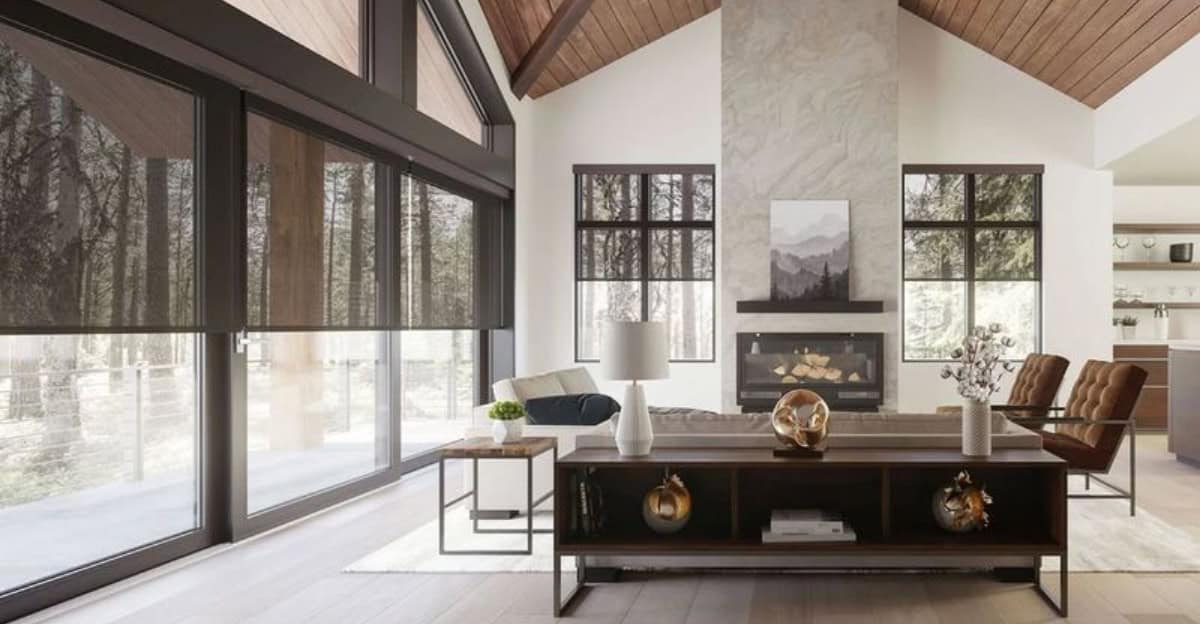In the ever-evolving world of home design, certain trends come and go, leaving behind a trail of regret.
While some modern trends promise to revolutionize our living spaces, they often fall short, becoming sources of frustration rather than satisfaction.
Here are the top 10 modern home trends you might want to steer clear of if you want a timeless and functional space.
1. Open Shelving in Kitchens
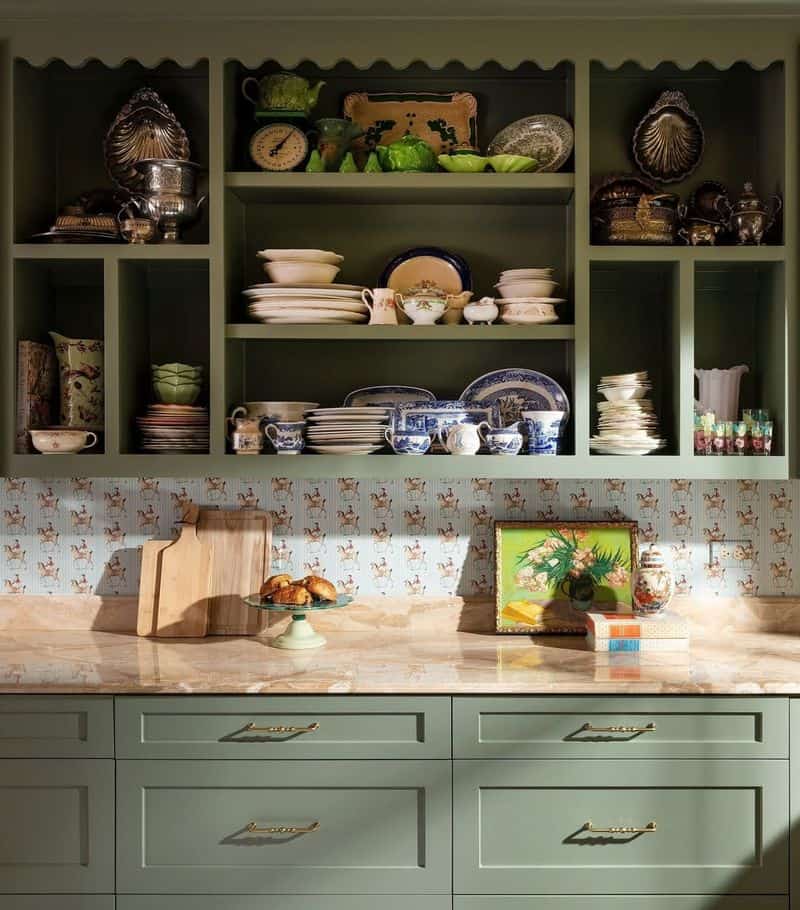
Open shelving in kitchens may appear trendy, offering a chance to showcase beautiful dishware. However, the reality is often far less glamorous.
Dust accumulates quickly, and maintaining a pristine look requires constant attention. Furthermore, it’s challenging to keep an aesthetically pleasing arrangement, turning the space into a chaotic mess.
Consider how impractical it becomes when every item is on display. Your kitchen should be a place of function and efficiency, not anxiety over appearances.
Closed cabinets provide a cleaner, more organized look and reduce the stress of keeping up with this fleeting trend.
2. All-White Interiors

The allure of an all-white interior might captivate those seeking simplicity and elegance. However, maintaining such purity is a daunting task.
Every smudge and stain stands out glaringly, demanding constant cleaning. Moreover, all-white spaces can feel sterile, lacking warmth and personality.
Color and texture add depth and comfort to a home, turning it into a welcoming retreat. By incorporating varied tones and materials, you create an inviting environment that speaks to individuality and style.
The goal should be a balance between aesthetics and liveability, something all-white interiors often fail to achieve.
3. Overly Minimalist Design
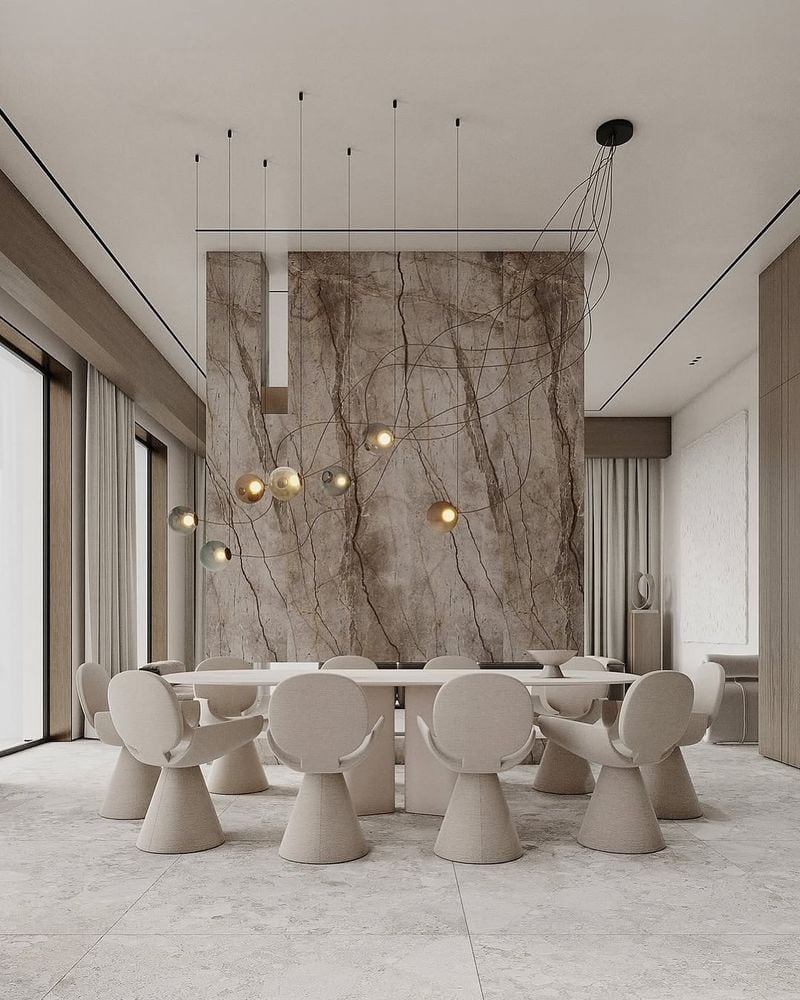
Embracing minimalism can lead to a refreshing, clutter-free lifestyle, but taken too far, it results in cold, uninviting spaces.
Excessive minimalism strips away character, leaving rooms devoid of personal touches and comfort.
Your home should reflect who you are, filled with items that bring joy and tell your story. Overly minimalist designs often lack this personal dimension, making homes feel more like showrooms.
Balance is key; blend minimalism with meaningful decor to create spaces that are both functional and warm, avoiding the emptiness this trend can sometimes bring.
4. Industrial-Style Elements
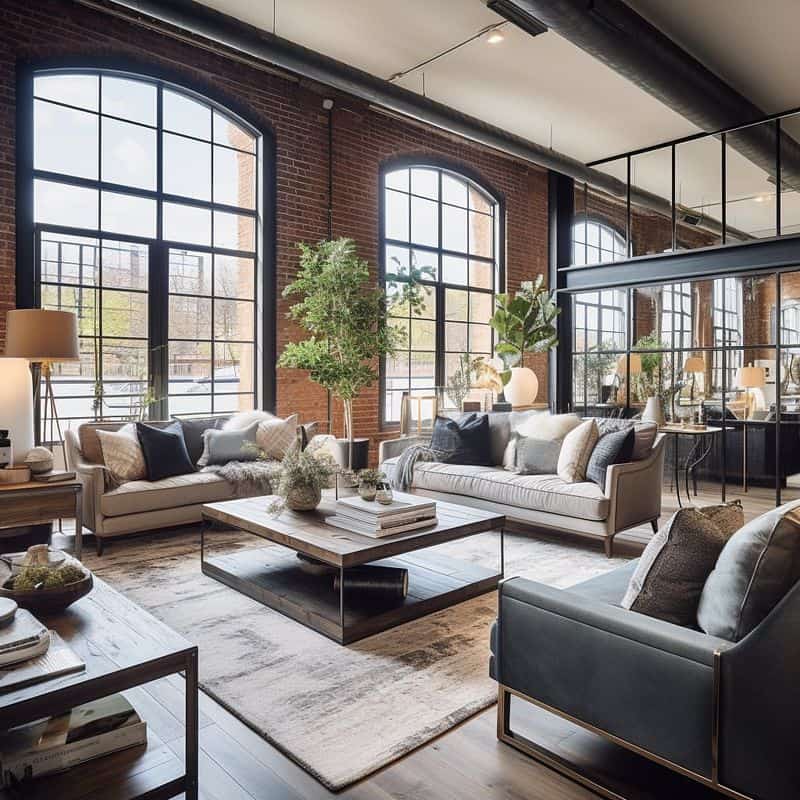
Industrial style is celebrated for its edgy, raw aesthetic. However, incorporating too many industrial elements can make spaces feel harsh and unwelcoming.
The coldness of metal, concrete, and exposed brick often lacks the comfort and coziness desired in a home.
While some industrial features can add character, moderation is important. Integrate softer textures and warmer colors to balance the starkness.
The aim is to blend industrial chic with comfort, ensuring your home feels inviting rather than like a converted warehouse.
It’s about finding harmony between rugged and refined, avoiding the pitfalls of this design approach.
5. Excessive Use of Grey
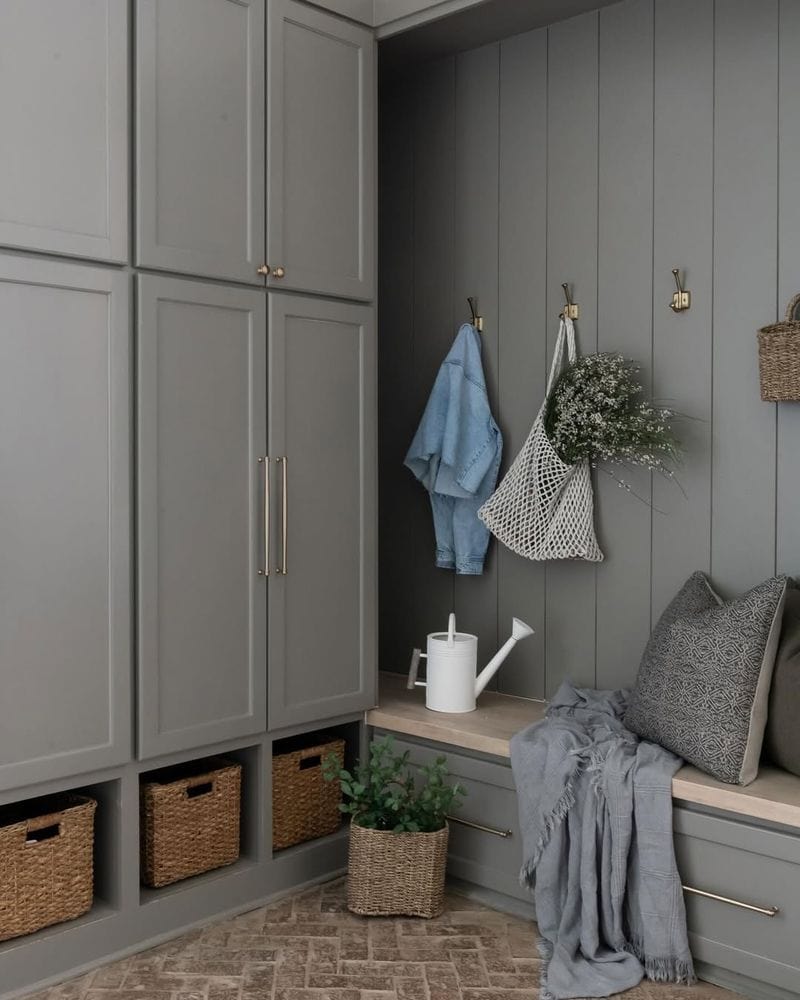
Grey has become a staple in modern design for its neutrality and sophistication. However, an overreliance on this hue can lead to dreary, monotonous spaces.
Rooms drenched in grey often lack energy and vibrancy, creating a dull atmosphere.
Consider breaking up the monotony with splashes of color or textured accents. Introducing other shades can invigorate your space, adding depth and interest.
While grey can be a versatile base, it’s essential to pair it wisely to avoid the lifelessness that excessive use brings. Aim for a lively environment that uplifts rather than dampens the mood.
6. Farmhouse Decor Overload
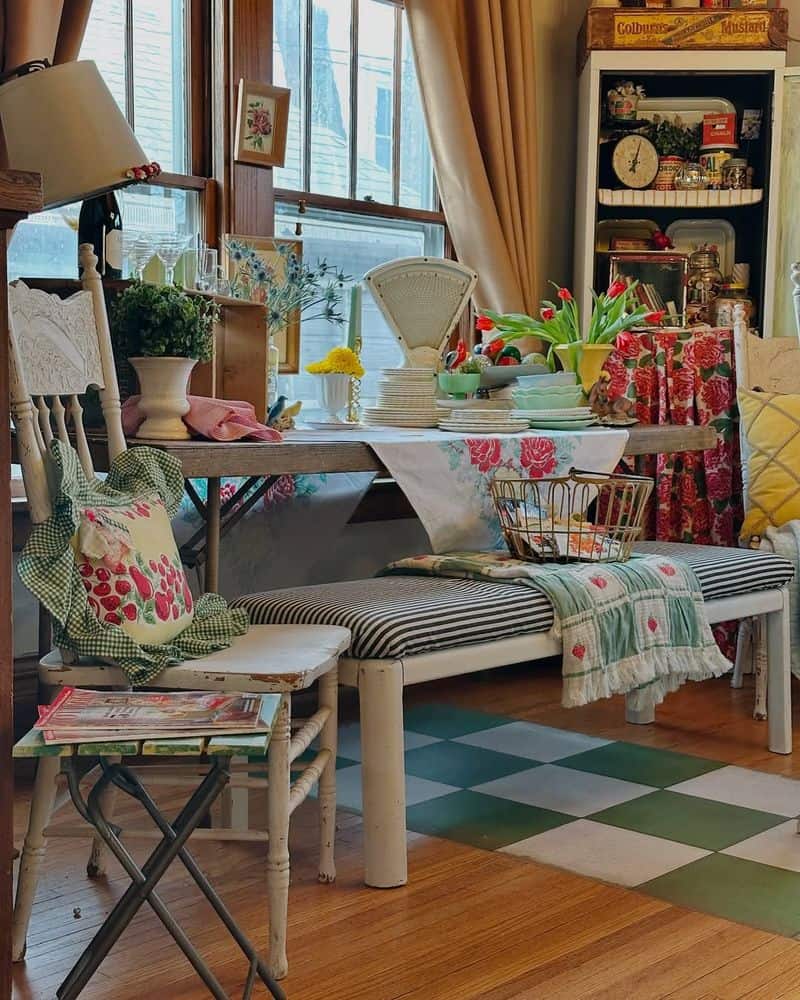
Farmhouse decor charms with its rustic appeal, but when overdone, it becomes cliched and overwhelming. Filling a home with shiplap, rustic wood, and vintage signs can quickly turn charming into chaotic.
To avoid farmhouse fatigue, selectively incorporate elements that complement rather than dominate. Mixing in modern pieces can create a balanced look, offering a fresh take on a beloved style.
The goal is to maintain a sense of authenticity without drowning in kitsch. By thoughtfully curating farmhouse decor, you ensure it enhances rather than overwhelms your space.
7. Over-Complicated Smart Homes
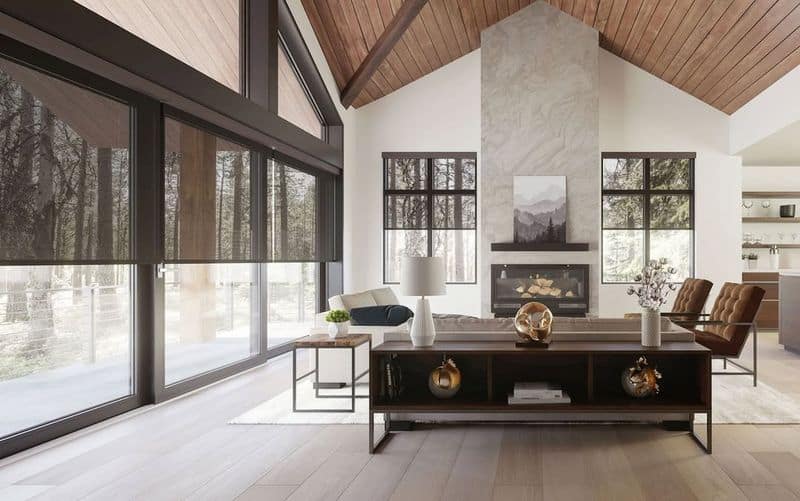
Smart home technology promises convenience and efficiency but can become overly complicated and intrusive. When every aspect of your home is tech-driven, simple tasks may turn into frustrating challenges.
The constant need for updates and tech support can lead to more headaches than relief.
Balance is crucial; choose smart solutions that genuinely enhance your lifestyle without adding unnecessary complexity.
Simplicity should be the end goal, ensuring technology serves you, not the other way around. Avoid jumping on every new gadget, focusing instead on what’s truly beneficial.
8. Too Many Accent Walls
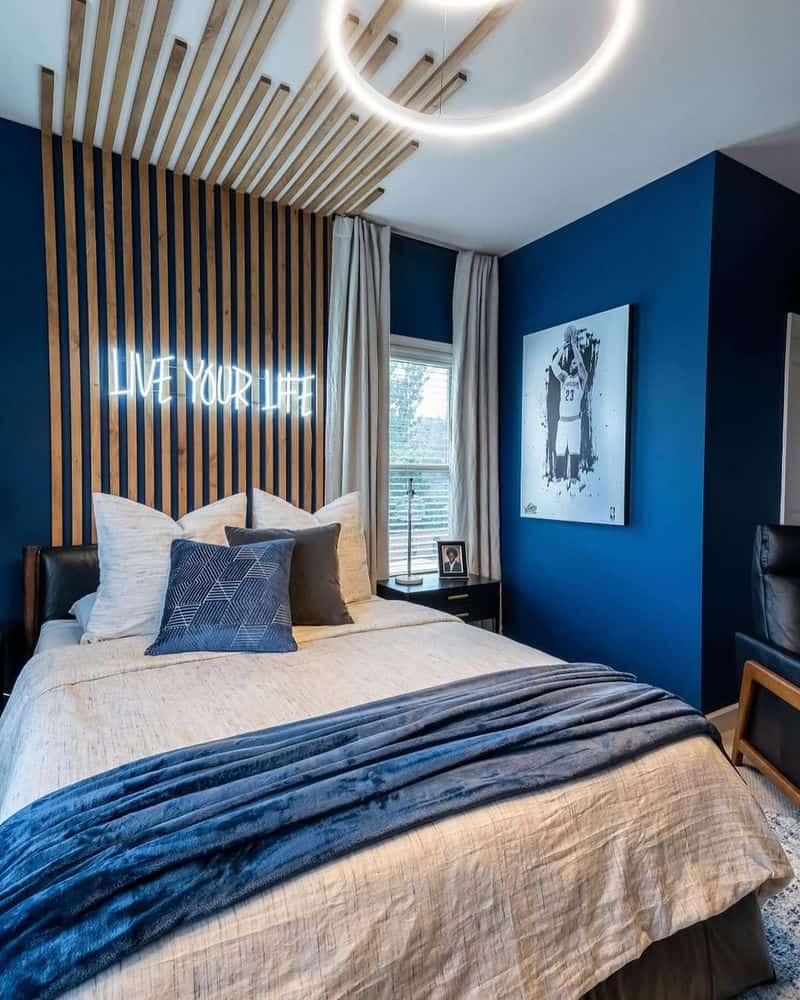
Accent walls can add intrigue and depth to a room, but when overdone, they become a distraction. Too many competing colors and patterns can make spaces feel chaotic and disjointed.
The eye needs a place to rest, which is impossible with visual overload.
Opt for a single, well-chosen accent wall that complements the overall color scheme. This approach highlights features without overwhelming visitors.
Thoughtful design creates harmony, ensuring accent walls serve to enhance rather than detract. Keep it simple and impactful, avoiding the pitfalls of excessive decoration.
9. Over-the-Top Statement Lighting
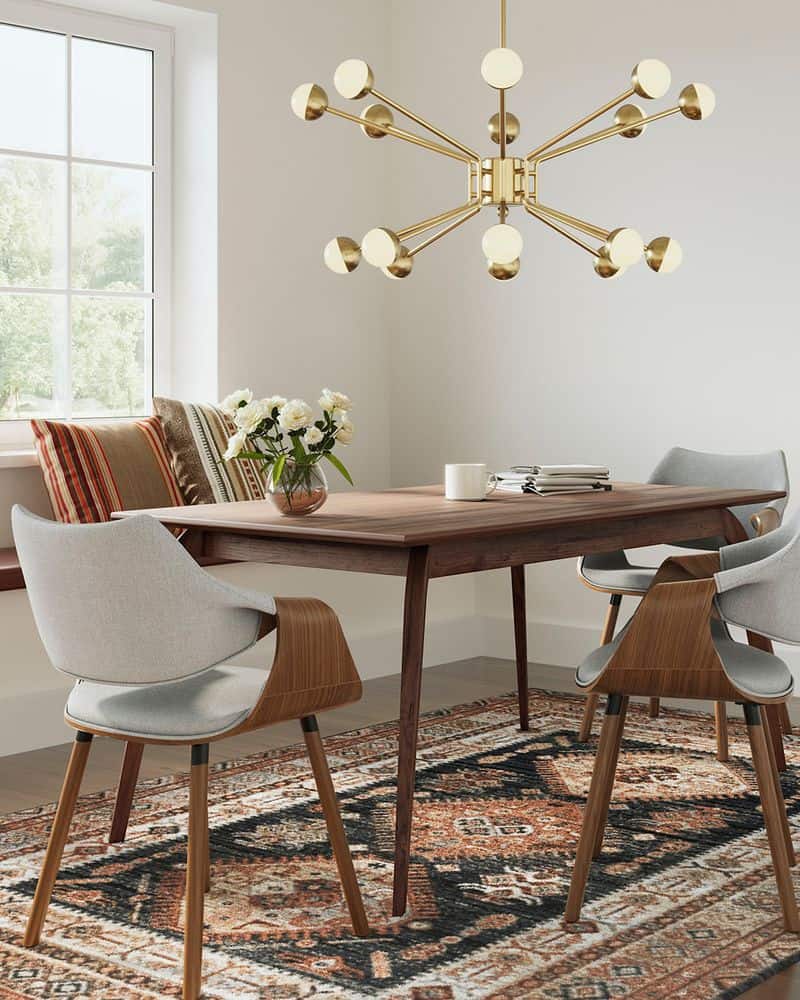
Statement lighting can transform a room, becoming a focal point that adds drama and elegance.
However, oversized fixtures and extravagant chandeliers can overshadow the rest of the decor, creating an imbalance. Instead of enhancing the room, they dominate it.
Choose statement lighting that aligns with the scale and style of your space. A well-proportioned piece can uplift without overwhelming. It’s about accentuating the room’s features, not overpowering them.
Consider functionality alongside aesthetics to ensure your lighting choices illuminate your home beautifully without becoming a regrettable centerpiece.
10. Too Many Mixed Patterns

Mixing patterns can create a vibrant, eclectic look, but take it too far, and it becomes overwhelming. Too many conflicting designs can confuse the eye, resulting in a chaotic space lacking cohesion.
Achieve balance by selecting a few complementary patterns that work together harmoniously. Consider scale, color, and style to ensure unity rather than discord.
Thoughtful curation allows for creativity while maintaining a sense of order. By restraining pattern use, you preserve the intended charm and avoid the visual clutter that excessive mixing can cause.

